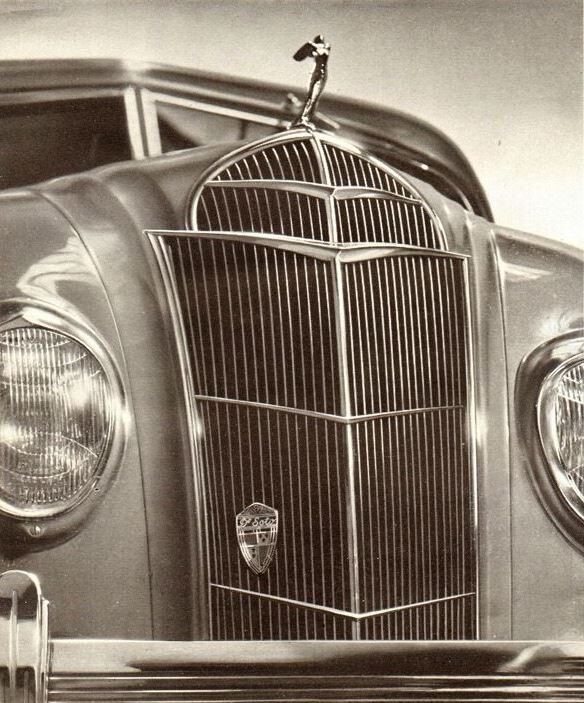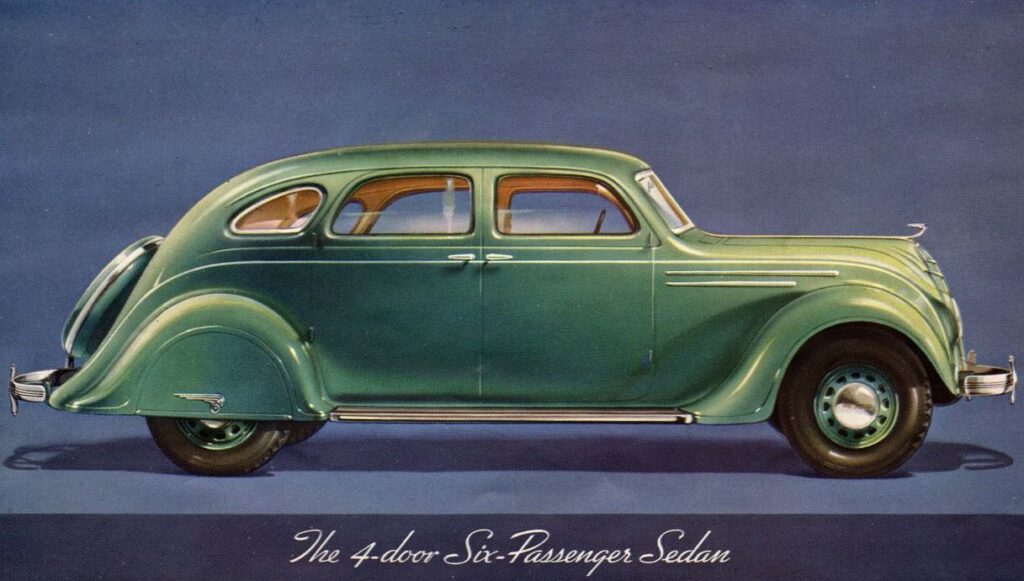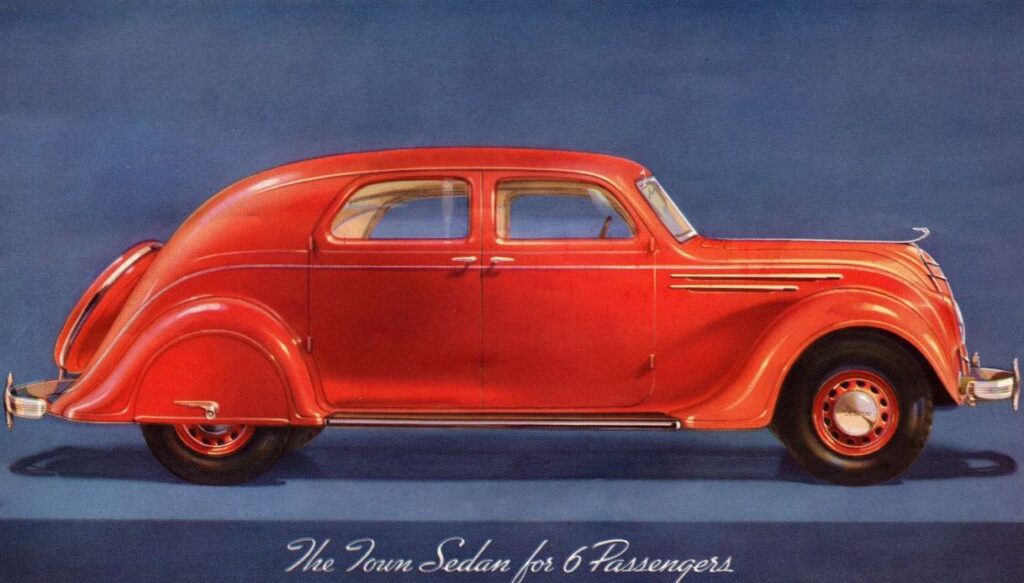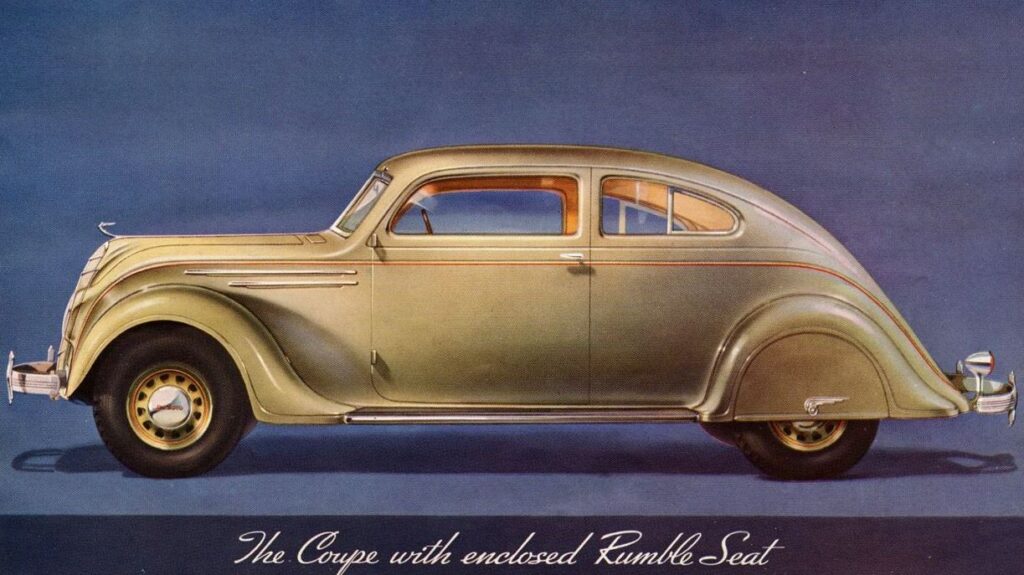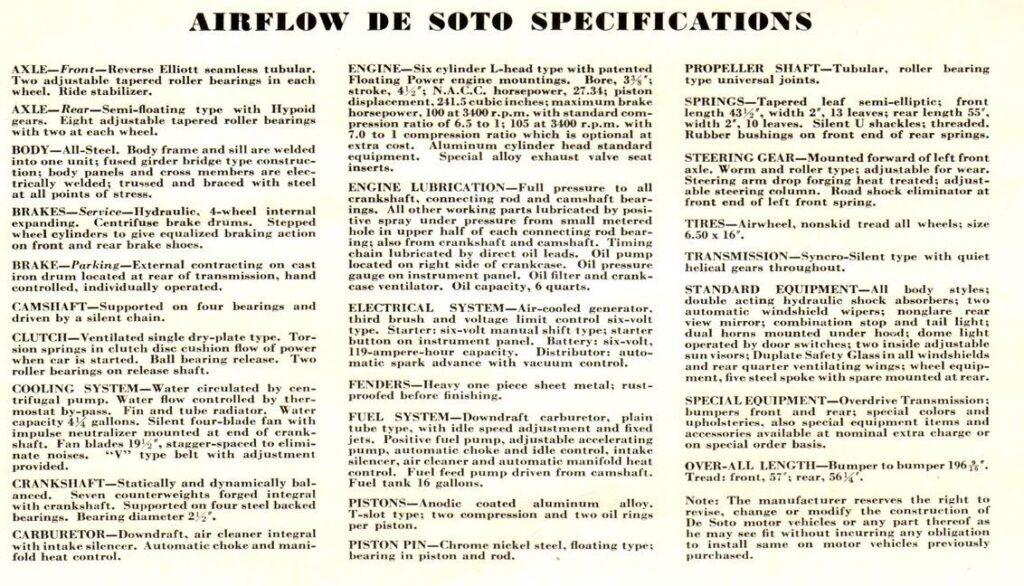1935
The big news for 1935 was the addition of a more conventional Airstream (Model SF). In 1934, DeSoto had relied solely on the new Airflow, unlike Chrysler who offered both the Airflow and a more conventional Airstream. With lack of public acceptance for the radical new Airflow model, sales suffered and the Airstream was the answer for DeSoto in 1935.
The Airstream was based on the Dodge chassis with the exception of independent front wheel suspension, which created a "Floating Ride". Added to the initial six body styles was a convertible in April. A DeLuxe equipment package was also added in June for the Airstream. This package included two-tone paint via complimenting-colored fenders, miniature lamps on the front fenders, twin tail lamps, twin trumpet horns, twin windshield wipers, wheel trim rings, chromed fender and running board moldings, a cigar lighter, carpeted front compartment, and a medallion at the forward end of the hood louvers.
The Airflow (Model SG) was primarily unchanged from 1934, with the major difference being a facelift of the front end. The 2-door sedan was dropped, but a business coupe was added instead. Also dropped was free wheeling, replaced by an optional overdrive. New also was a hypoid rear axle. Inside the car, the washable headliner of 1934 was replaced by soft headlining.
The Airflow Club of America is also a great resource for Airflow owners. Membership in both clubs is recommended.
Airstream (Model SF) Engine: 241.5 c.i. 6 cylinder, 93 hp standard, 100 hp w/optional aluminum head
Airflow (Model SG) Engine: 241.5 c.i. 6 cylinder, 100 hp, 105 hp with optional higher compression head
Airstream Wheelbase: 116 inches
Airflow Wheelbase: 115.5 inches
Serial Numbers
Airstream Detroit Serial Number Start: 6023501
Airstream Detroit Serial Number End: 6043678
Airstream Windsor Serial Number Start: 9664001
Airstream Windsor Serial Number End: 9664636
Airstream SF Engine numbers: SF-1001 through SF-21874
Airflow Detroit Serial Number Start: 5082201
Airflow Detroit Serial Number End: 5088967
Airflow Windsor Serial Number Start: 9603436
Airflow Windsor Serial Number End: 9603544
Airflow SG Engine numbers: SG-1001 through SG-7843
Serial number sources: DeSoto Master Parts List, Airflow Club of America, July 1973 Chrysler Corporation Letter
Production Numbers
Airstream Business Coupe: 1,760
Airstream 2-Door Sedan: 1,350
Airstream Rumble Seat Coupe: 900
Airstream Convertible Coupe: 226
Airstream 2-Door Touring Sedan: 2,035
Airstream 4-Door Touring Sedan: 8,018
Airstream 4-Door Sedan: 5,714
Model SF Chassis: 781
Airflow 3-Passenger Business Coupe: 70
Airflow 5-Passenger Coupe with Enclosed Rumble Seat: 418
Airflow 6-Passenger Town Sedan: 40
Airflow 6-Passenger 4-Door Sedan: 6,269
Production number source: The Plymouth and DeSoto Story by Don Butler
Airstream
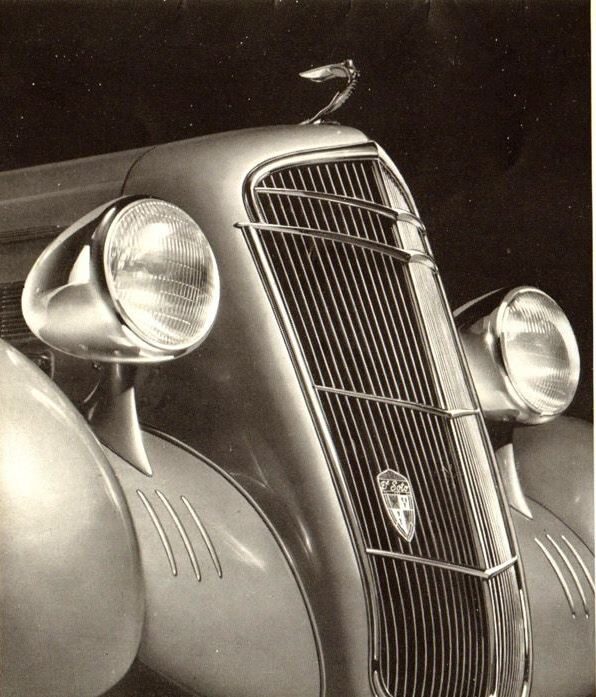
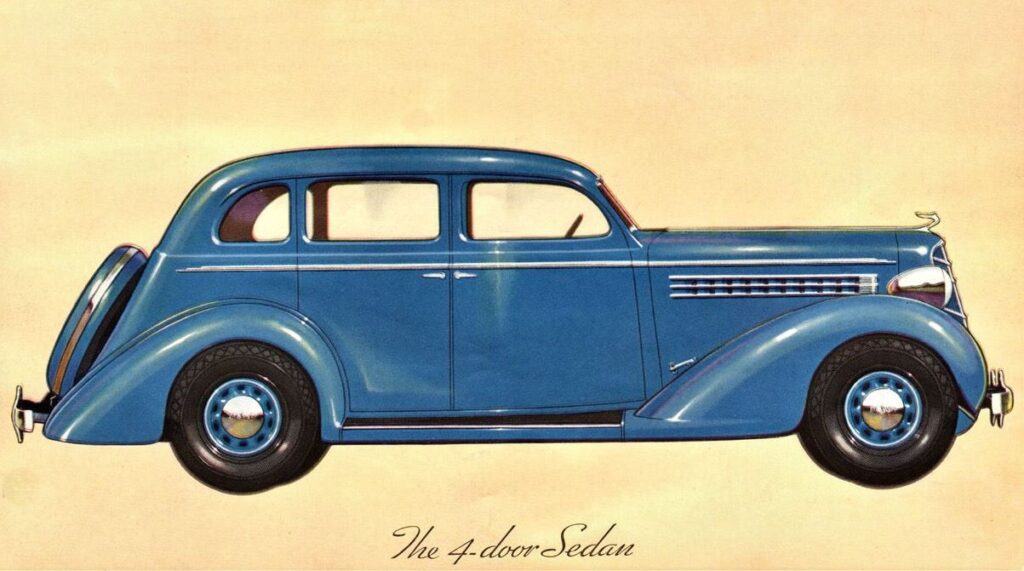
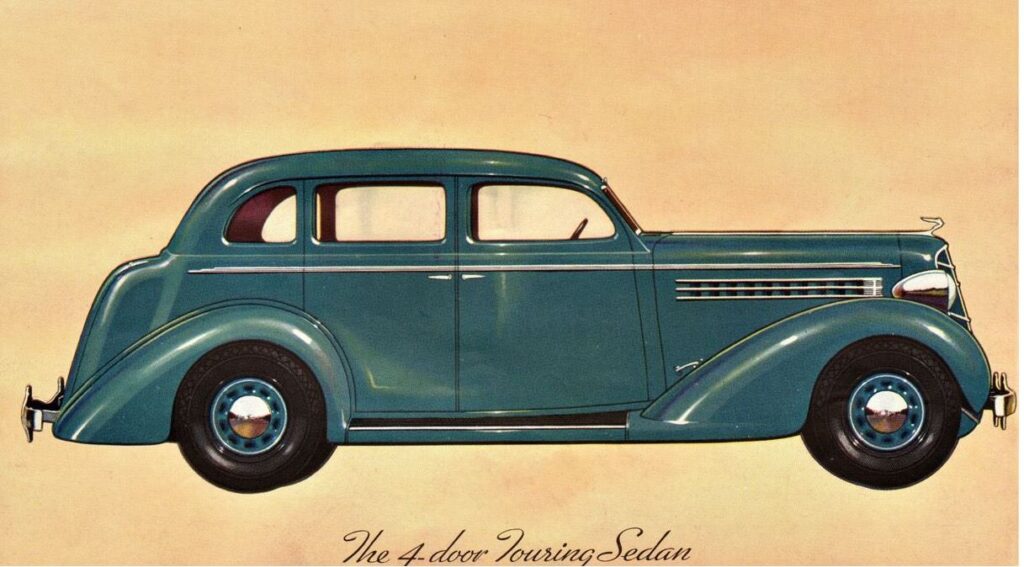
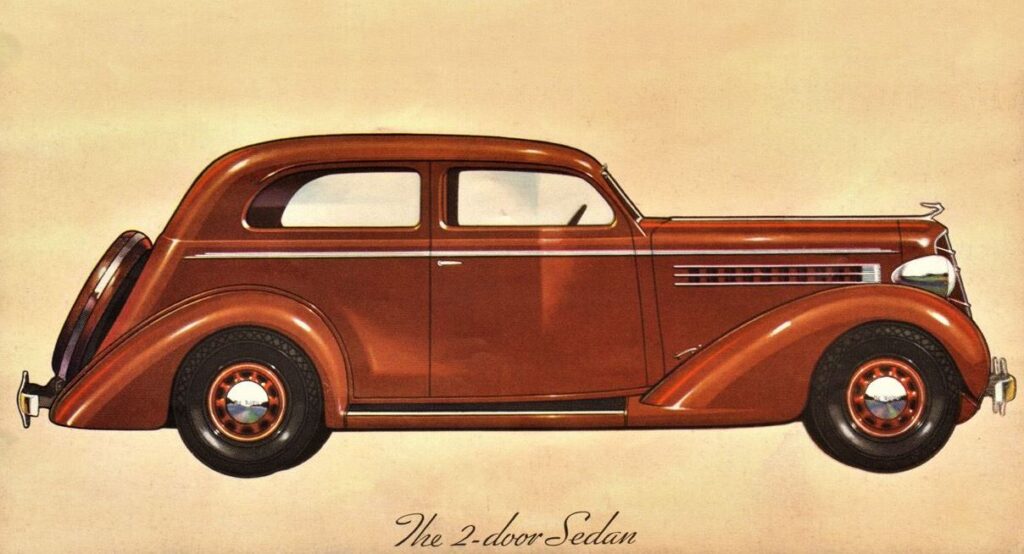
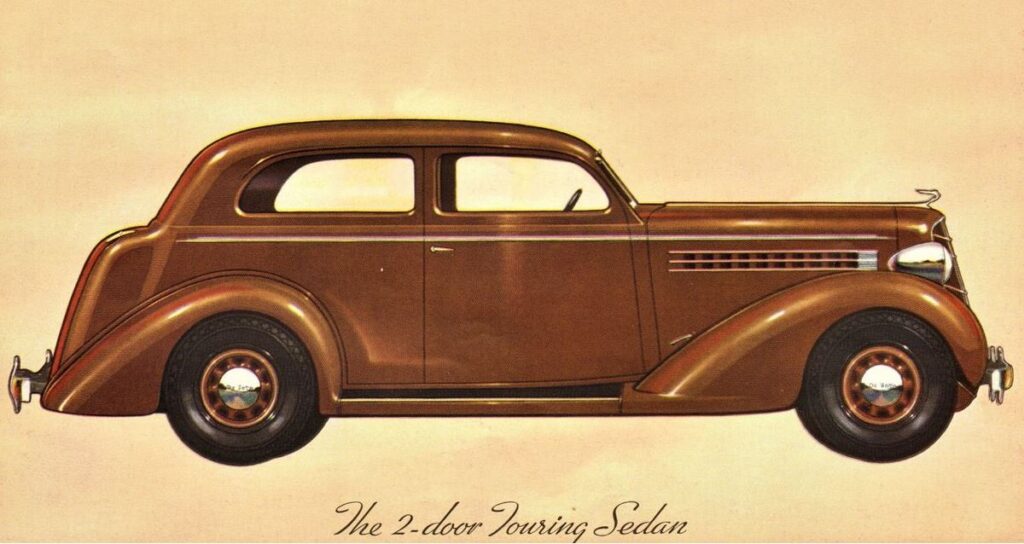
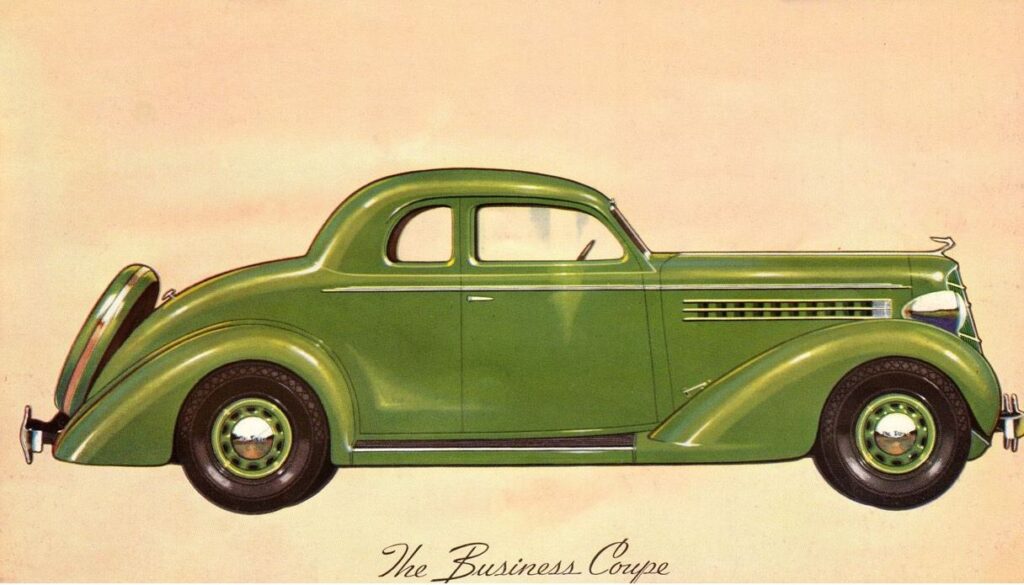

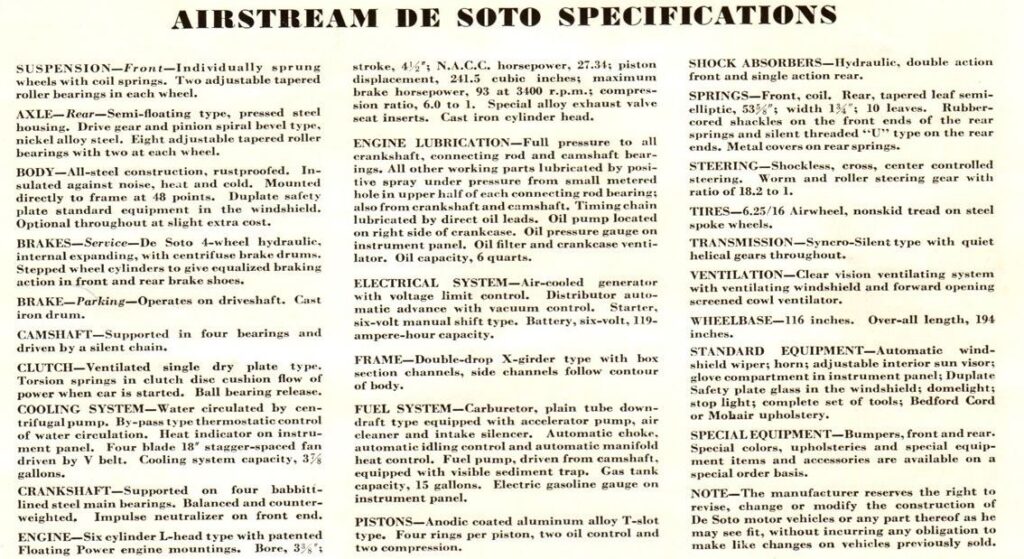
Airflow
